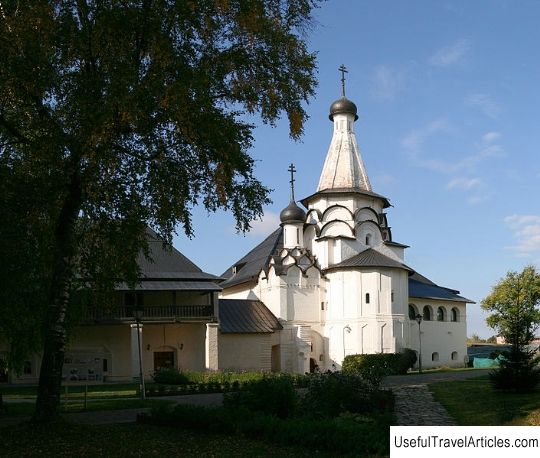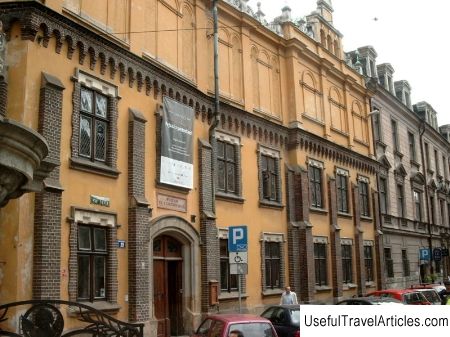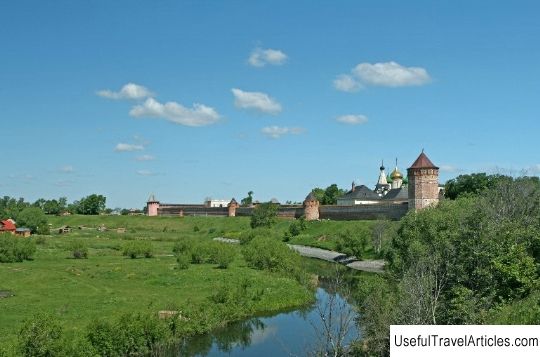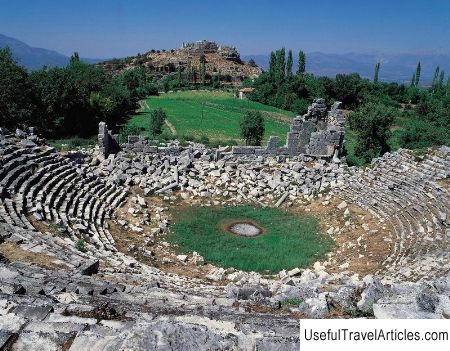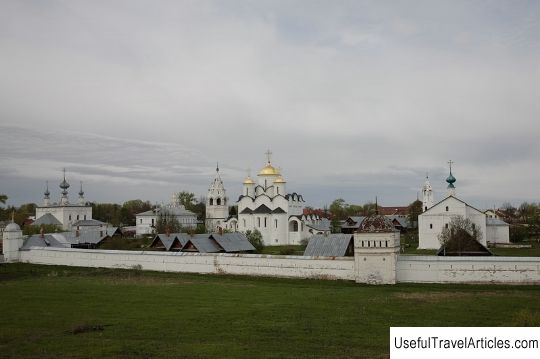Belfry of the Spaso-Evfimievsky Monastery description and photos - Russia - Golden Ring: Suzdal
Rating: 8,3/10 (807 votes) 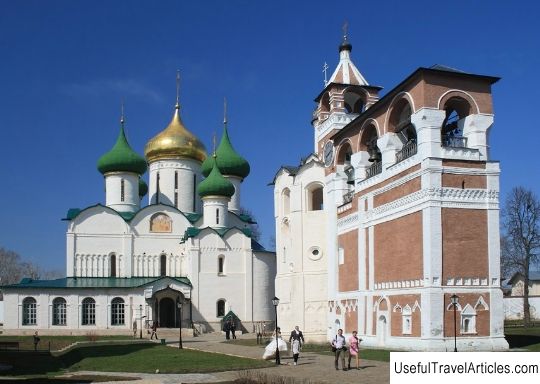
Belfry of the Spaso-Evfimievsky Monastery description and photos - Russia - Golden Ring: Suzdal. Detailed information about the attraction. Description, photos and a map showing the nearest significant objects. Photo and descriptionThe belfry of the Spaso-Evfimievsky monastery is a unique monument of ancient Russian architecture. The building combines several buildings of different times dating back to the 16th – 17th centuries. The pillar-shaped church of the Nativity of John the Baptist "like under the bells" was built in the first quarter of the 16th century as a "prayer" church during the visits to the city of Suzdal of the childless grand-ducal family of Vasily III and Solomonia Saburova. It is a nine-sided tiered pillar. In the second tier there was a church, and in the third (arched) bells hung. The pillar ended with keeled zakomars and a small dome on a drum, covered with a silvery aspen ploughshare. The closest analogue of this building is the pillar-like temple of the Origin of the Honest Trees in the Suzdal Protection Monastery, although its top was changed at the end of the 17th century to a hipped roof. Pillar-shaped temples "like the bells" were built in Russia for a short time. This church is one of the earliest and very few surviving monuments of this type. At the end of the 16th century, a rectangular building with an arched span was attached to the pillar. This was done in order to hang a large bell, which was donated to the monastery by the steward Demid Cheremisinov. At the end of the 17th century, 2 more spans were added for new bells. Ultimately, the appearance of a wall-type belfry with a gallery-arcade, comparable to the Rostov-Yaroslavl ones, took shape. The bells in the belfry were rather big. So, in the 17th century the weight of the largest bell was 355 kilograms, in the 18th century - 560 kilograms. Such massive bells had a heavy tongue which was very difficult to move. Therefore, the "ochepny" method of ringing was used - with the help of the so-called ochep, that is, a pole attached to a movable shaft made of wood, to which the bell was statically suspended. Thus, it was not the tongue that was rocked, but the bell itself. In the 17th century, a two-tent top was built over the belfry, eventually dismantled, and a "chapel tent" with a small tent. In the 30s of the XX century, all the bells were melted down “for the needs of the state.” At the present time, after the restoration carried out in the 1970s, the monument has a rather solid appearance in the form of a wall with a three-span arcade attached to the pillar with the head and the chime, with antic tiles and laconic decor. On the belfry there are 17 bells and ringing bells performed by the bell ringers of the Vladimir-Suzdal Museum-Reserve. Often, the Spaso-Evfimievsky Monastery hosts real concerts of bell music, which everyone can attend. It is known that such music has a beneficial effect on human health and mood. The belfry of the Spaso-Evfimievsky Monastery, like its entire ensemble, is included in the UNESCO World Heritage List.       We also recommend reading Palace Bargello description and photos - Italy: Florence Topic: Belfry of the Spaso-Evfimievsky Monastery description and photos - Russia - Golden Ring: Suzdal. |
